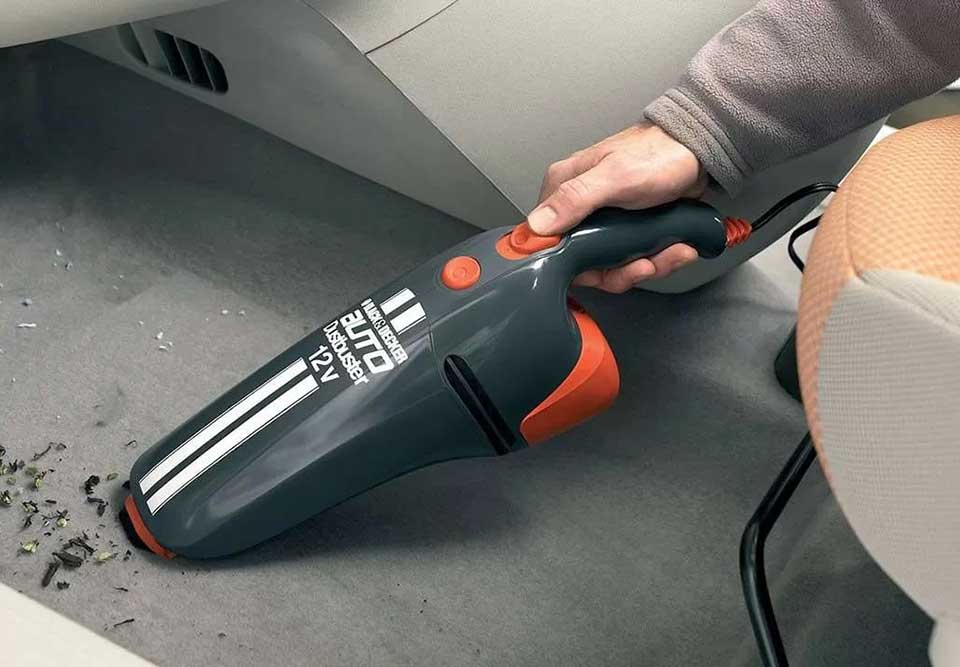
How and when should you bleed your car brakes?
Content
The air in the brake lines does not build up enough pressure to actuate the lining pistons, or does not fully depress them and the vehicle does not brake.
If when you step on the brake of the car you feel that it only sinks without braking properly, it means that air has entered the brake fluid lines and that is when the brakes should be bled.
Brakes, a hydraulic system, work based on pressure, which is created when the brake fluid is released and pushes the pads to squeeze the disc. If there is no fluid, there is no pressure and it leaves you with no brakes.
The air in the fluid must be removed from the lines where the brake fluid passes, since when generating pressure on the fluid, the air is compressed and cannot generate enough pressure to activate the pistons of the linings, or not fully presses them.
Normally the lines are filled with air.. That is why it is recommended that you also bleed the car's brakes with each fluid change.
Changing the brake fluid and bleeding the system are two important maintenance operations that will ensure that your vehicle performs at its best.
How to bleed car brakes
1.- Look for a cleaner
This job is easier if the car is raised to a height where you can get under the car. There is usually a bleed screw behind the brake disc.
Try to protect your hands and face, brake fluid is very aggressive.
2.- Flexible hose
Connect the flexible hose to the bleeder port and the other end to a container where brake fluid escaping during bleeding can get.
3.- Press the brake pedal
With the help of another person, tell him when to apply and release the brake. In the process of applying and releasing the brake, do not forget that when the pedal continues to be depressed, it is necessary to loosen the screw, that is, when the air will be pushed out.
Then tighten the screw again, after you have tightened it, ask your assistant to release the pedal and make sure the pedal has returned to its original position. You must repeat this process several times until the bubbles in the container stop coming out.
4.- Fill up to the recommended level
After bleeding the first wheel, fill the system with brake fluid.
5.- Four wheels
Once you're done with the first one, repeat the process with the other three disks. The type of fluid you should use depends on your vehicle's brake system. DOT3 (conventional brakes) o DOT4 (ABS and conventional brakes).
5.- Test
Once you've completed all four sides, check your brakes before heading out for a ride. Drive the car at low speed, brake constantly and make sure that everything is good and safe when braking.
The role that brake fluid plays in the brake system is extremely important, as without the fluid, the brakes do not work.
:
